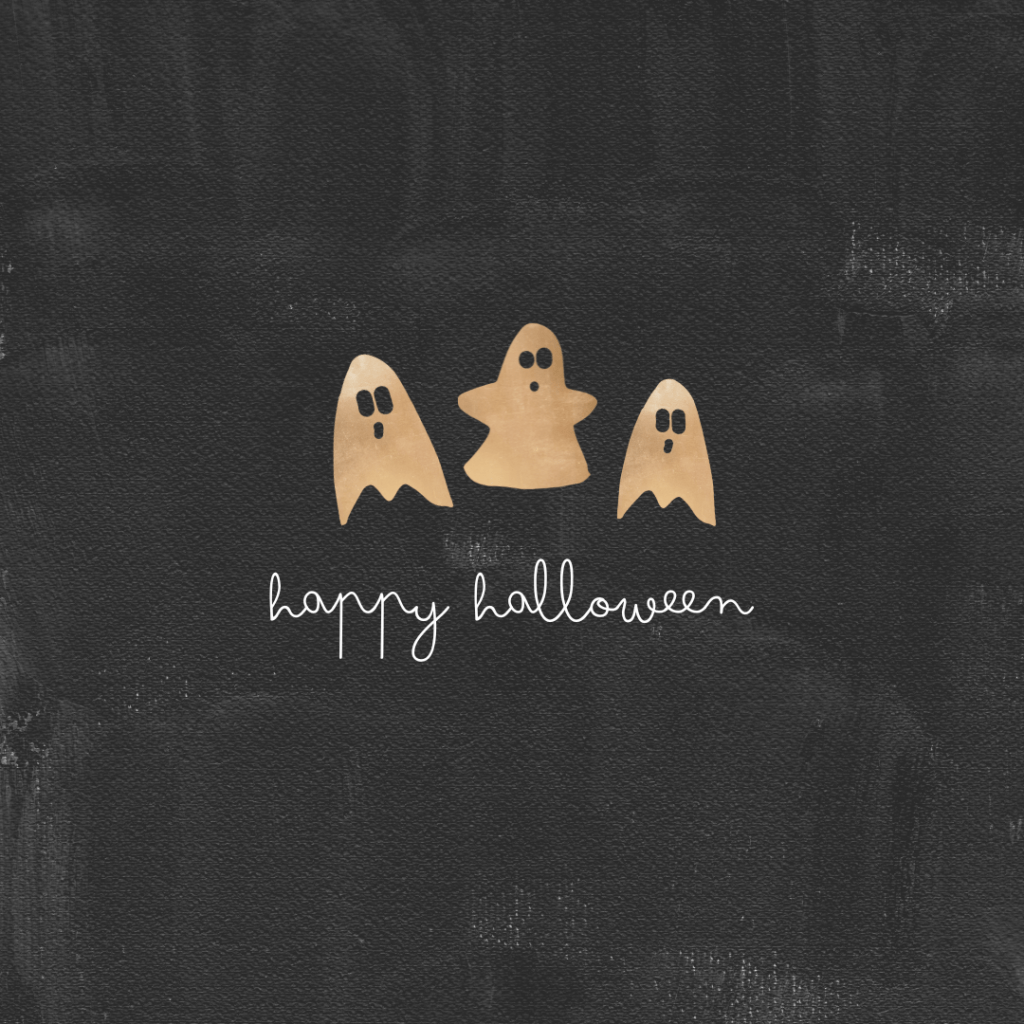Why do people wear costumes? What is trick-or-treat? What’s up with the freaky pumpkins? Many international students may feel confused with Halloween traditions, even though they’re excited to celebrate their first Halloween in the U.S. To understand the idea behind this holiday and feel more comfortable at Halloween parties, let’s dive into the history of this spooky occasion.
The ancient tradition of Halloween dates back to the Celts; a tribe of people that first inhabited parts of Europe a few centuries “B.C.” The Celts believed that on one day of the year, the dead could rise from their graves and dwell among the living. They called this day “Samhain”, and it simultaneously marked the end of the harvest season.
This spooky celebration of life and death went paired with druids, bonfires, and disguise. As the druids performed rituals to predict the following year’s crop, the ordinary people would light bonfires and disguise themselves so as to confuse the frightening phantoms out and about that day.
Irish immigrants, who had continued to celebrate certain Halloween traditions throughout the ages, arrived in the United States. Unwilling to fully abandon their cultural heritage, the Irish relied on various newer traditions to create a more friendly version of their original harvest feast. A sort of “Halloween-Light”, if you will. The bonfires became jack-o’-lanterns, the frightening disguises became increasingly playful, and the poor people’s “songs for alms” evolved into children screaming “trick-or-treat!” in exchange for candy.
